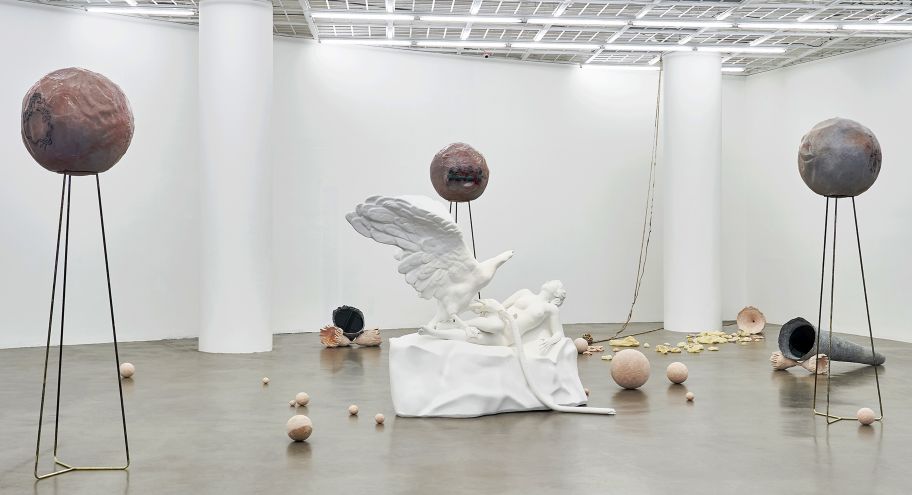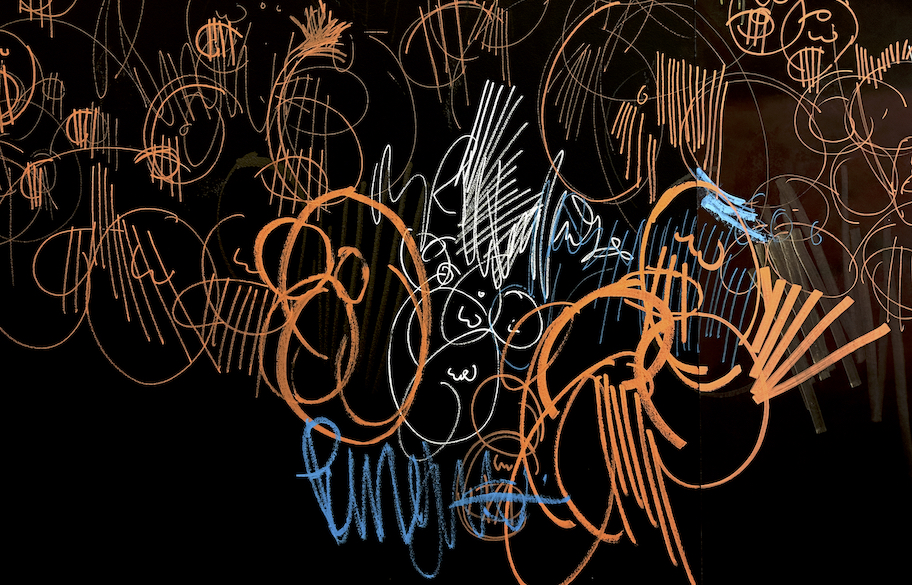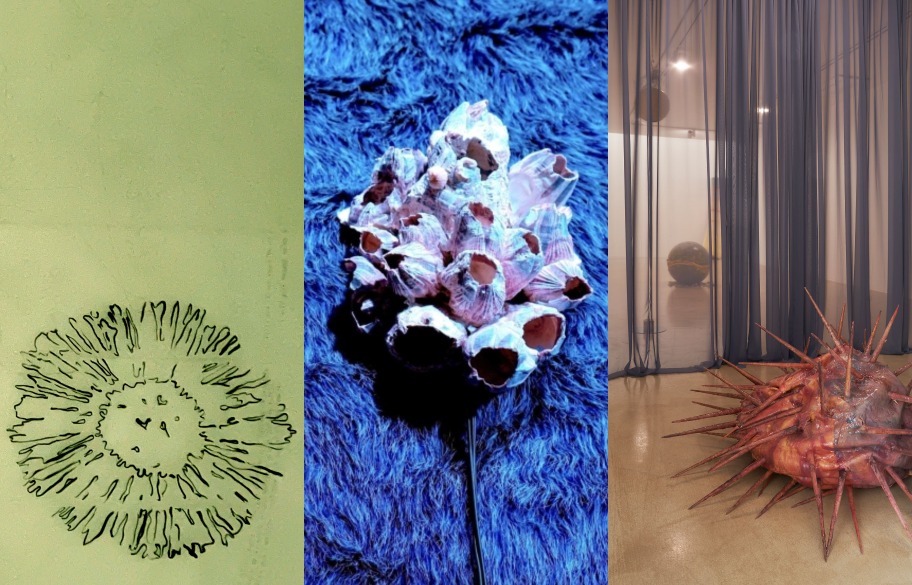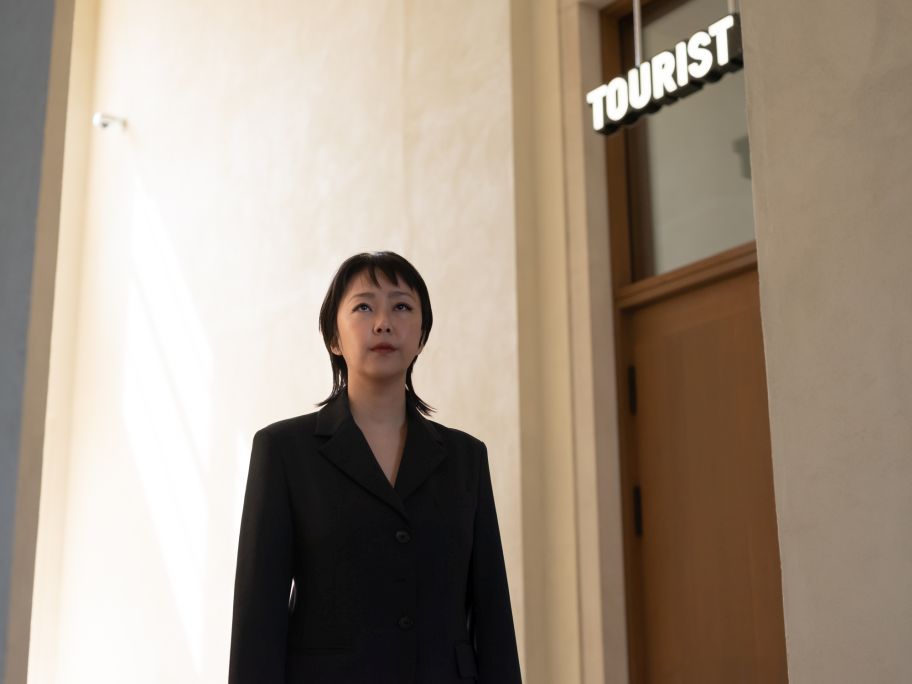South Korea, Visual Arts, 2023
Jiyoung
Yoon

After (One) Sculpture
The physical properties of sculpture pose complex ideas for Jiyoung Yoon, an artist who has adhered to the attitude of a sculptor while at the same time exploring the language of contemporary art. On many levels, she foresees the (infinitely postponed) final moment of sculpture; the physical capacity required for handling heavy and difficult materials is bound to run out over time. Yoon’s early video work, Seeing Things the Way We See the Moon (2013), presents the artist hanging from an iron bar with her long hair tied to a ceiling-high wall. In this breathtaking performance, the moment her assistants cut the knot, she falls and lands on empty tortoise shells laid out on the floor as a buffer. Yoon thus creates a structure of interdependence that is simple yet suspenseful. In addition to desperately holding on with her own strength, she must place full trust in others, who, in turn, must fulfill their grave responsibility. This risk-taking work demonstrates confidence in the power to exploit danger.
To this day, Yoon continues to use every ounce of her strength. To Deliver (2020) is a collaboration with Stephen Kwok that conveys desperate efforts to share physical properties in digital space against the backdrop of Covid restrictions. It examines not only physical attributes but also the power of friendship and solidarity in enabling creation. How should sculpture respond to the spread of digital media that overwhelms the senses of the human body and transforms perceptions of the world? How could artistic creation as physical intervention exist in harmony with the ethics of ecological (non-)intervention?
As implied by minimalists in the past, human-sized abstract sculptures evoke a sense of phenomenological presence. However, Yoon usually opts for informal and physically analogous materials such as latex and silicon instead of cold and anonymous industrial materials. She has implicitly or explicitly compared sculpture or the structural elements of sculpture to humans. Her works Seeing Things the Way We See the Moon (2013), A Single Leg of Moderate Speed (2016), and Alas (2016), are created by stringing all their respective elements together and hanging them from the ceiling to illustrate that any change in the state of one element inevitably affects the others. According to the artist, this reveals “the structure of sacrifice or trust” among abstracted entities, which can then be read as an allegory of the psychological structure within various relationships.
The sexuality/gender conflict, which has resurfaced worldwide in recent years, has become a fierce battlefield—especially in Korean society. In this social context, Yoon at times zealously borrows the direct expression of the figuration of Leda and the Swan,as seen in a namesake work from 2019, and delves deeper into the ontological common horizon of women. The idea of sculpture’s analogy to the human body goes beyond universal physical properties of the body, and becomes embodied as women’s physicality. The analytical and logical structure of Yoon’s language does not disappear completely, but becomes rather loose, distorted, and disarranged—more sensuous and intuitive. Indeed, the artist has experienced it countless times with her own body.
Text: Junghyun Kim
Translation Korean to English: Helen Cho
Picture credit: Jiyoung Yoon, “Leda and the Swan” (2019), mixed media, dimensions variable
Photo: Euirock Lee (provided by Art Sonje Center)




